# The Outdoors
I take any chance I get to spend time in nature, favouring overnighters and multi-day hikes over day trips. I visit the least densely populated parts of north-eastern Germany as my "backyard hikes" as often as I can. So far, my most impressive outdoors experience took place in Norway, around the town of Voss.
# Corno Grande (Gran Sasso), Abruzzo, Italy
Another chance to get conditioned before this year's wilderness camping adventure. Throughout my teenage years I had visited the majestic Gran Sasso many times, always marvelling at its lunar landscapes. I had never been to the Corno Grande, the highest point of the massif and the whole Appennini. A long-time family friend who happens to be a very experienced alpine guide took me and a few others to the very top.
The way to the parking lot at Campo Imperatore, the highest point (2100m) you can reach by car, is already spectacular.
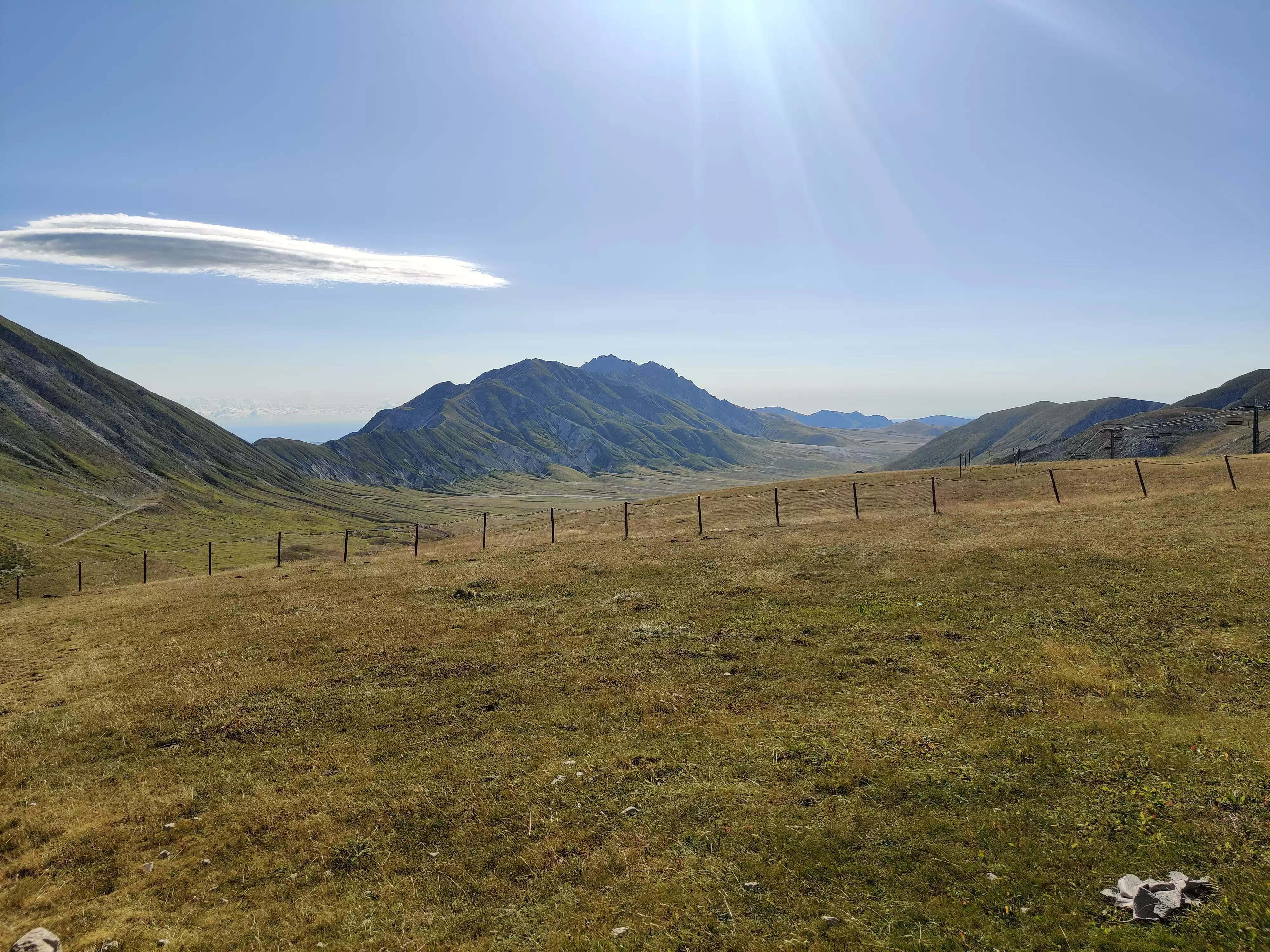
The view of the plain of Campo Imperatore on a good day is breathtaking. A massive open space with only mountain grass and rocks stretches as far as the eye can see.
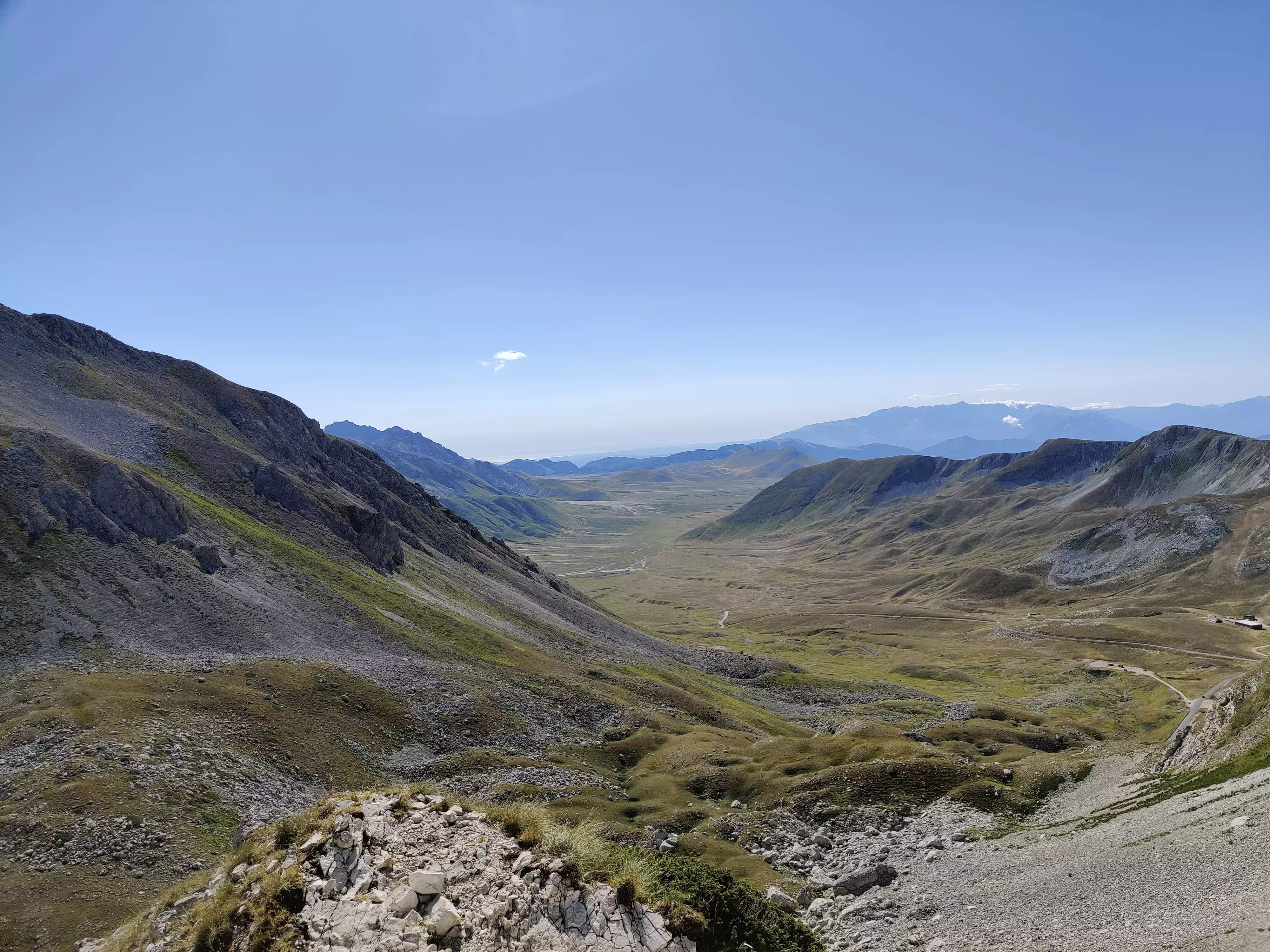
The rock walls and massive mountains of the chain looks quite daunting, and of the various climbs you can do in this area, the Corno Grande is among the easier ones (as far as you exclude the Direttissima (opens new window), which takes you straight up and requires climbing equipment).

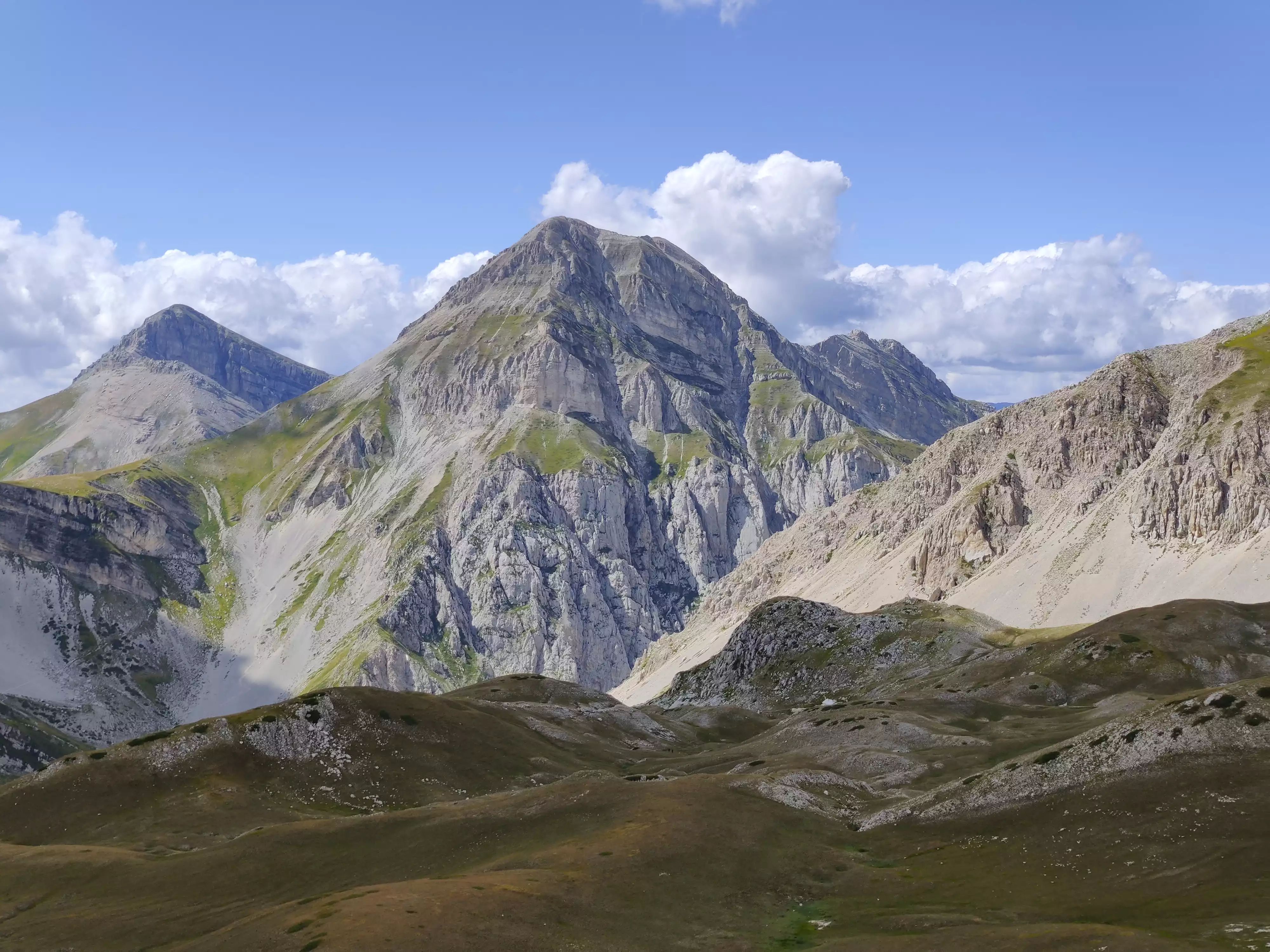


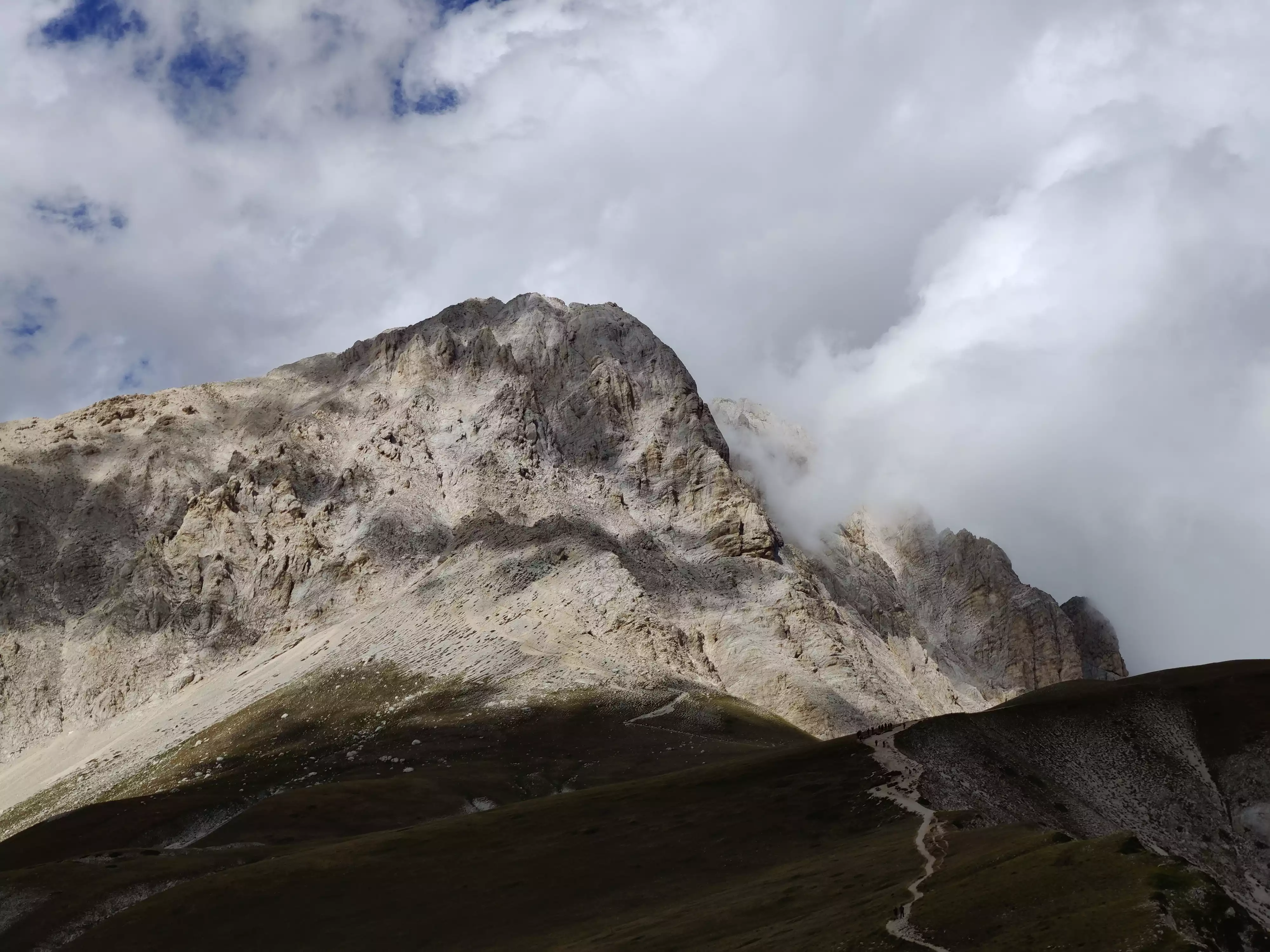

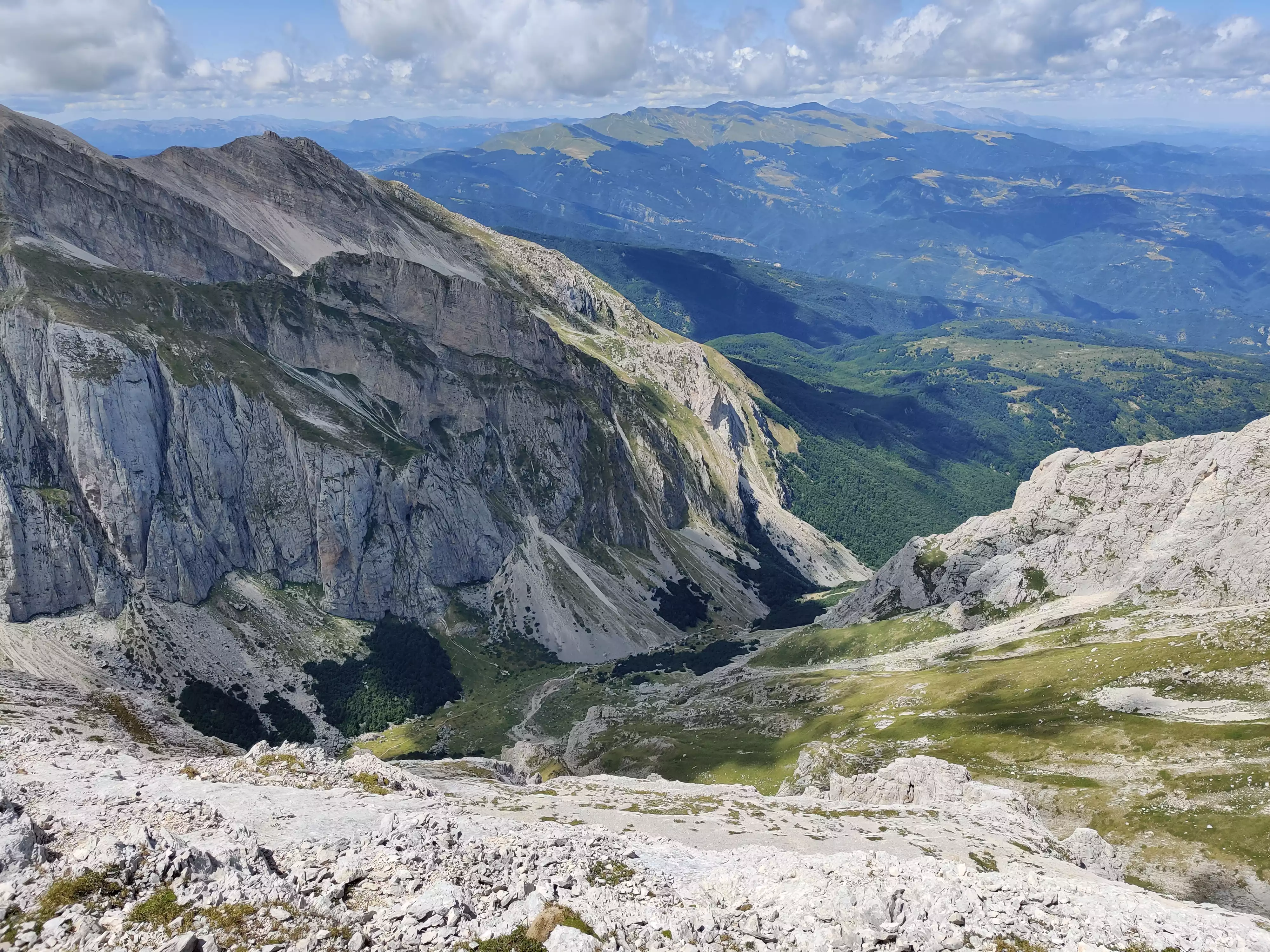
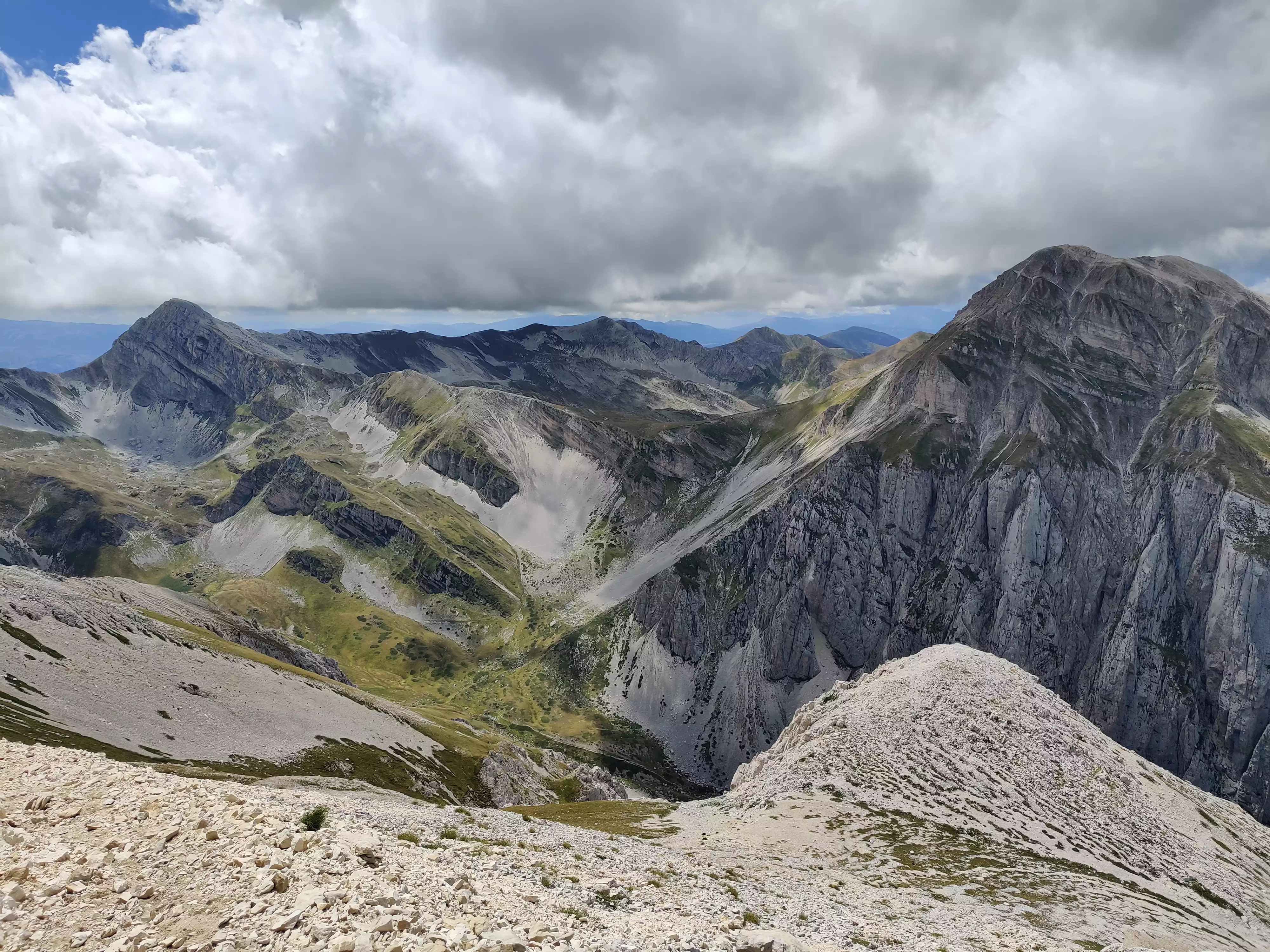
The summit was incredibly crowded as this was mid-August and the weather was perfect. The cross on top of Corno Grande was surrounded by close to two hundred hikers.
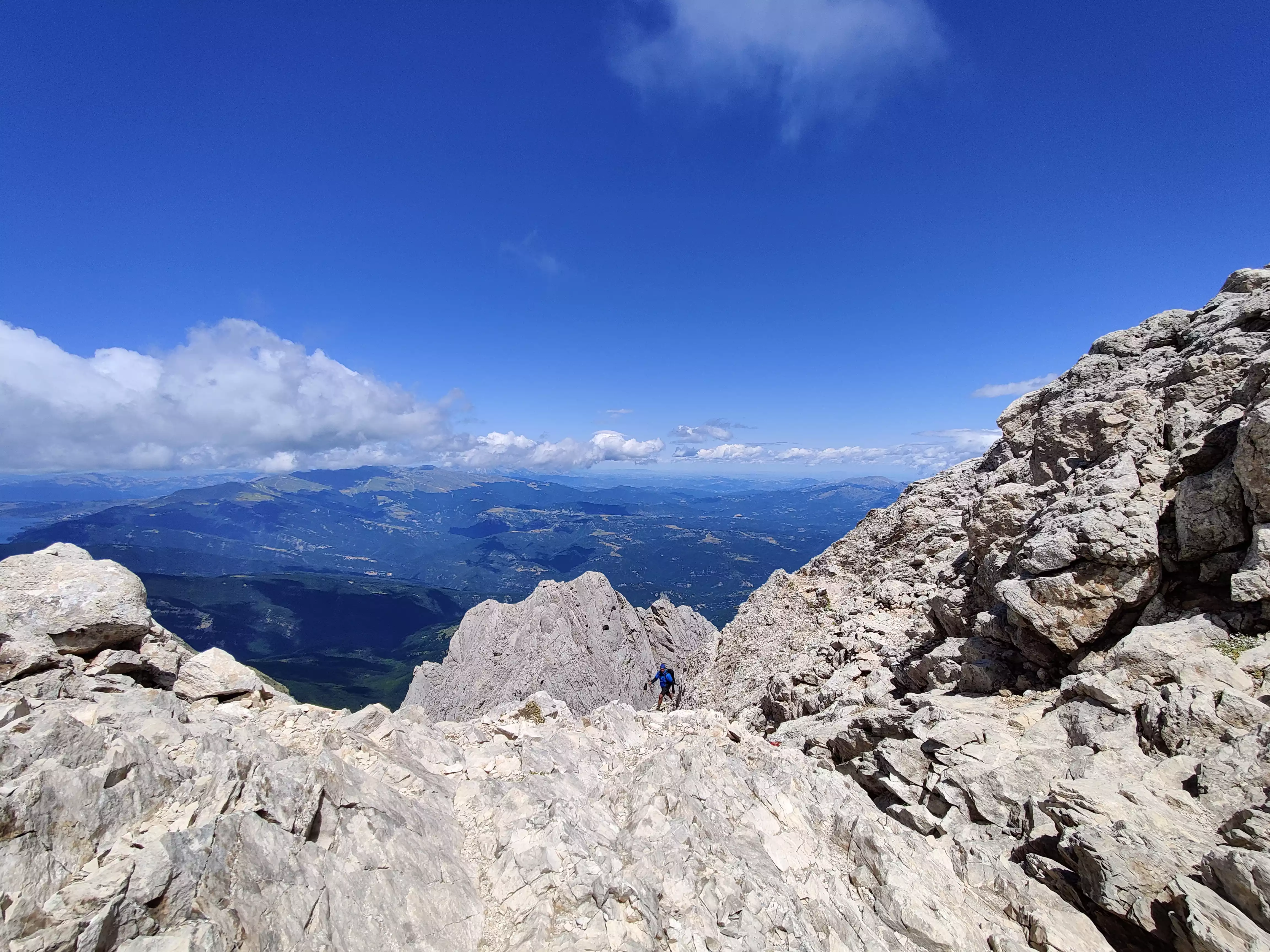
From the top you could easily see all the way to the Adriatic sea.
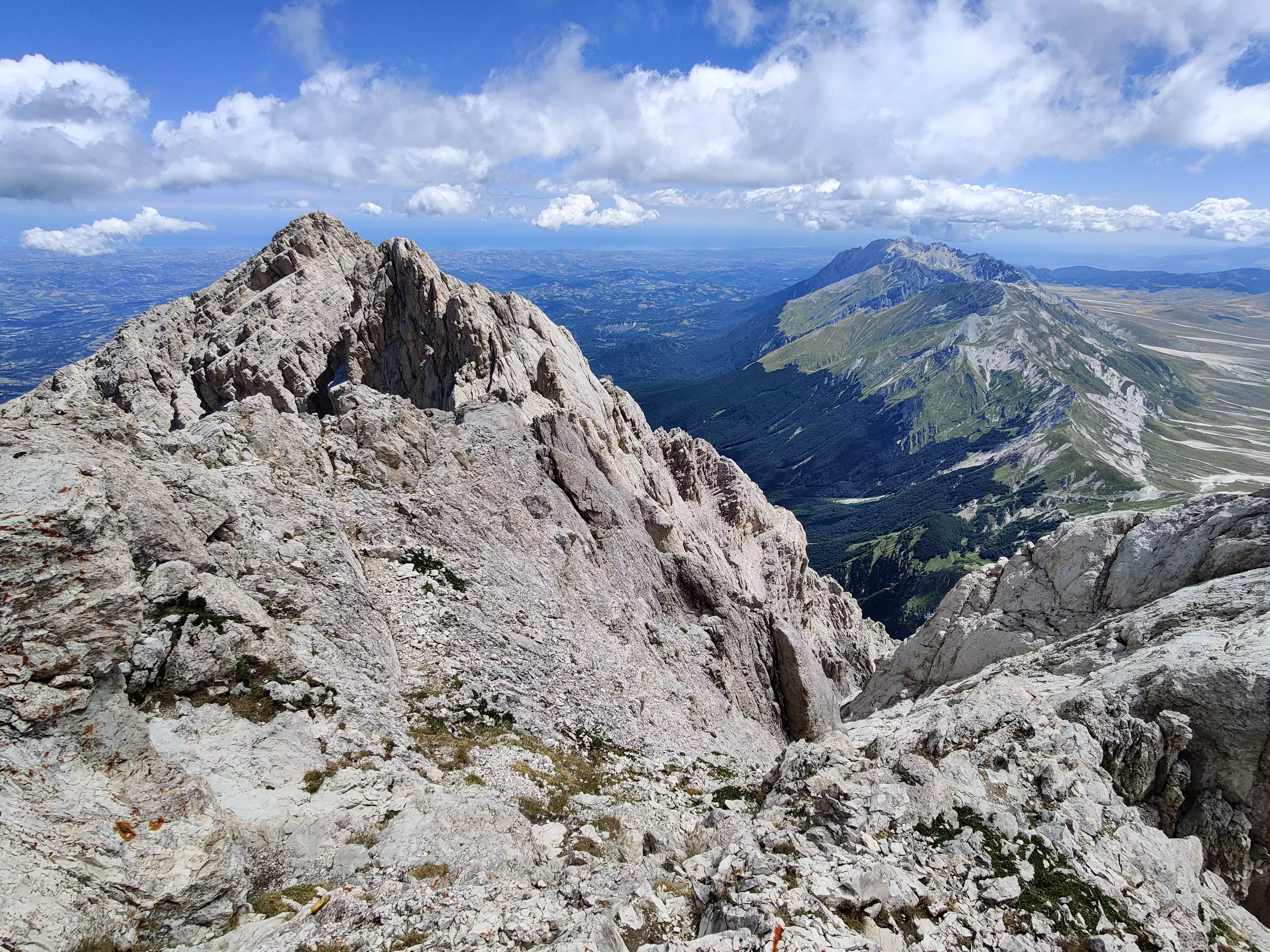
# Lessons learned
# Hiking sticks work
Hiking sticks do help out, especially if you are looking to shield your knees and ankles from taking too much of a beating. Given they are normally inexpensive, light and pack down to a small size, I'll be incorporating them more in my hikes. Curious to see how much of a difference they make with heavier loads.
# Seekarkreuz (Lenggries), Bavaria, Germany
A quick stop in Munich to meet an old friend warranted a short day trip to the Bavarian Alps.
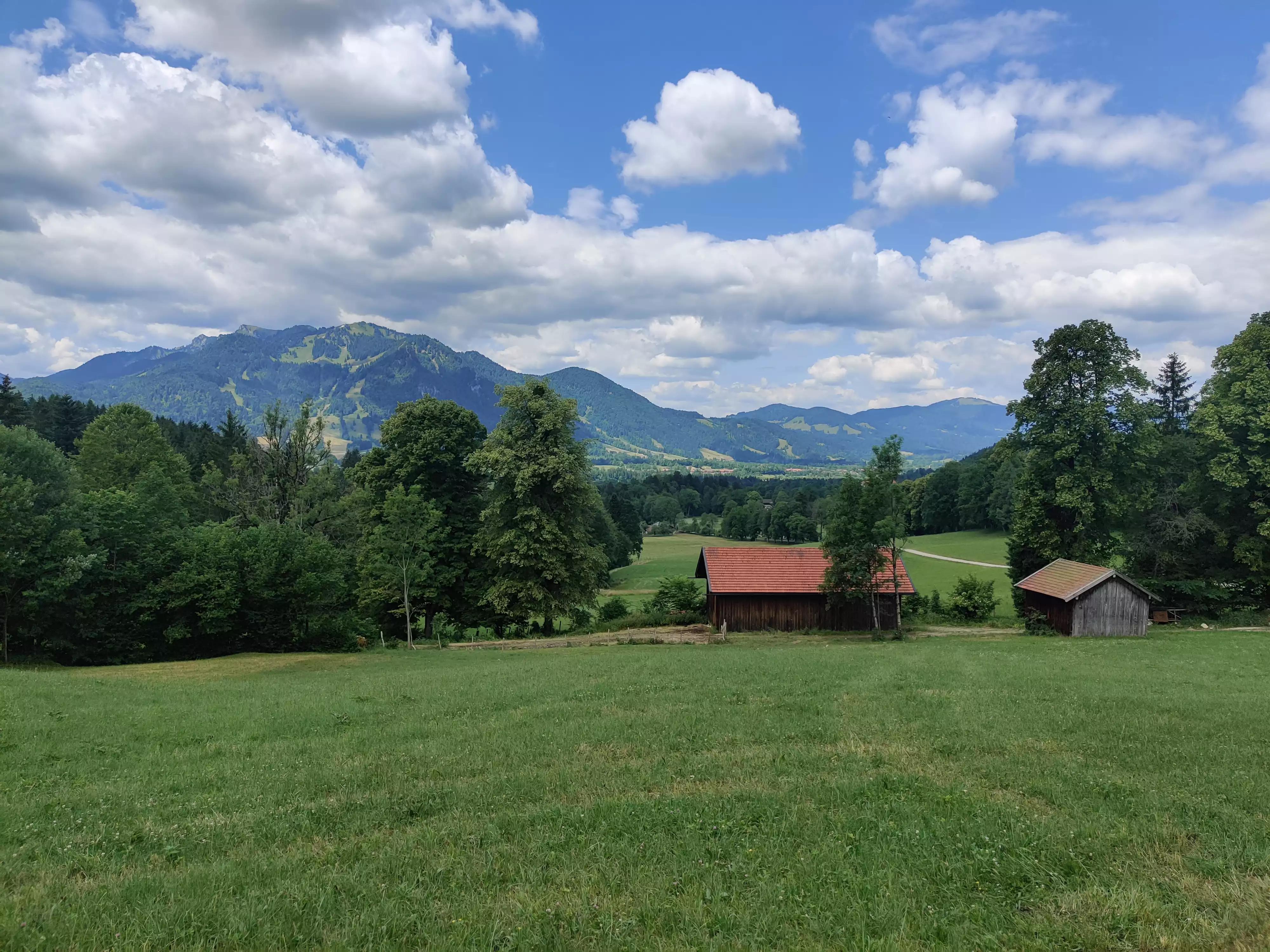
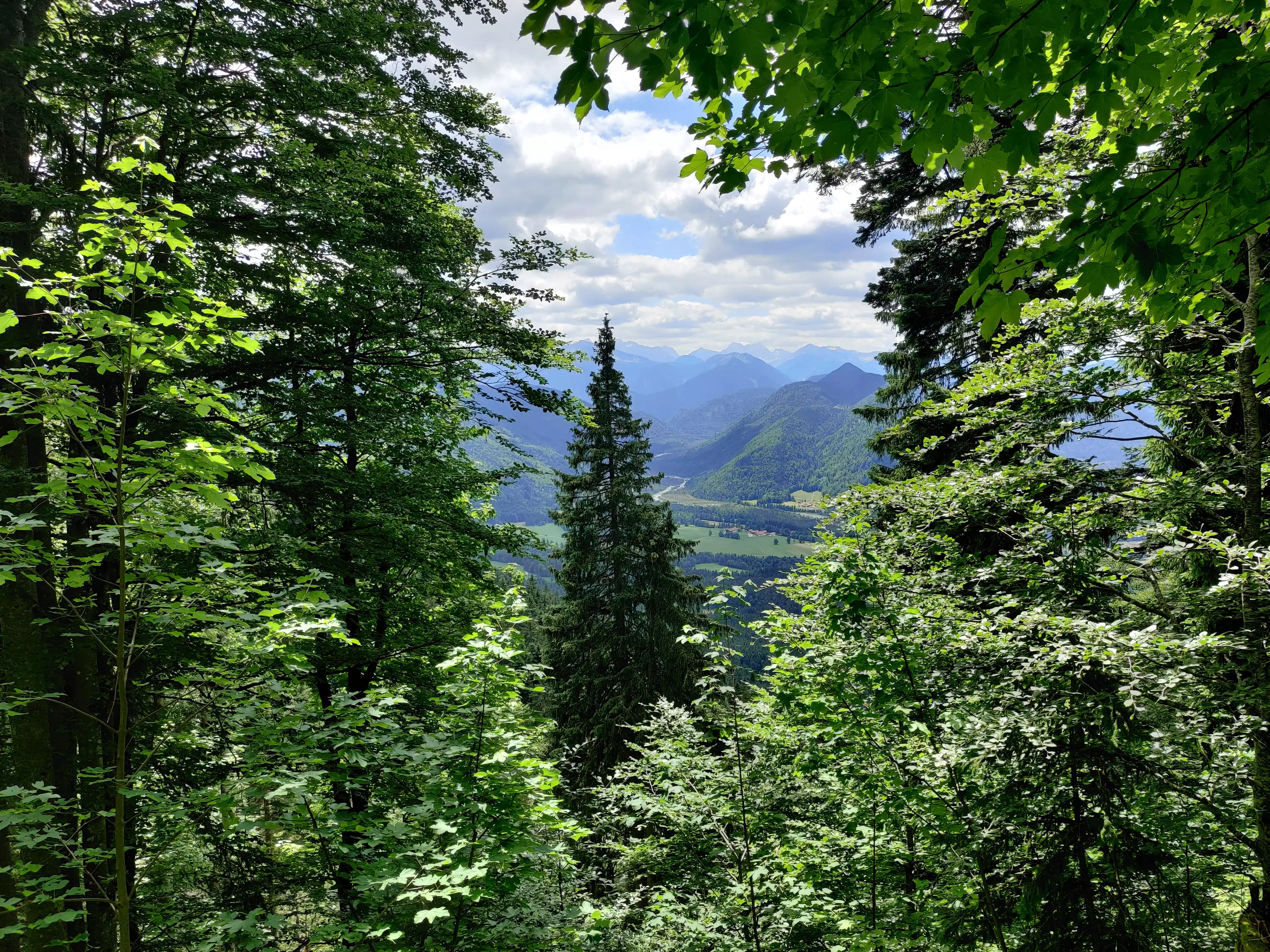

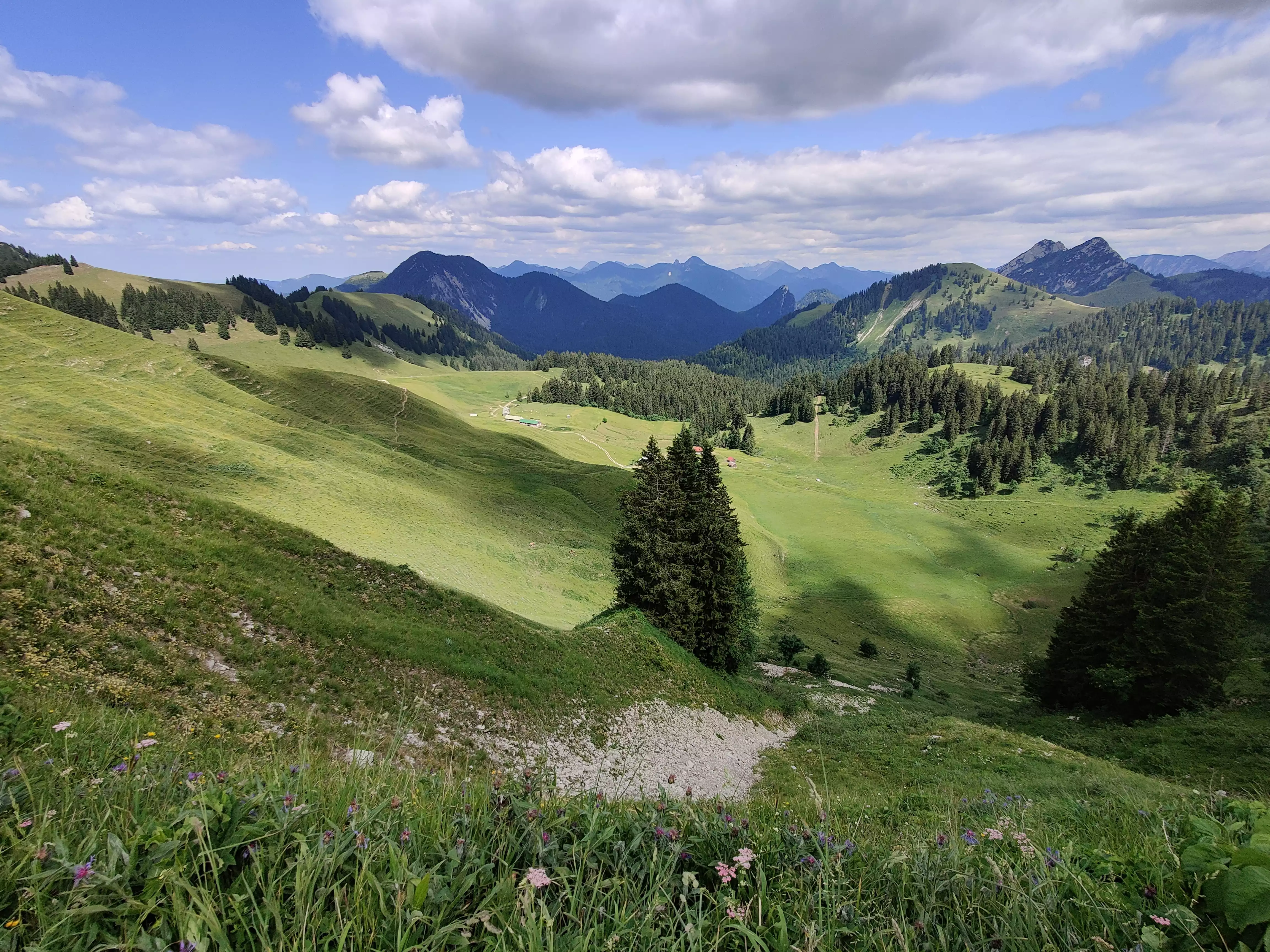


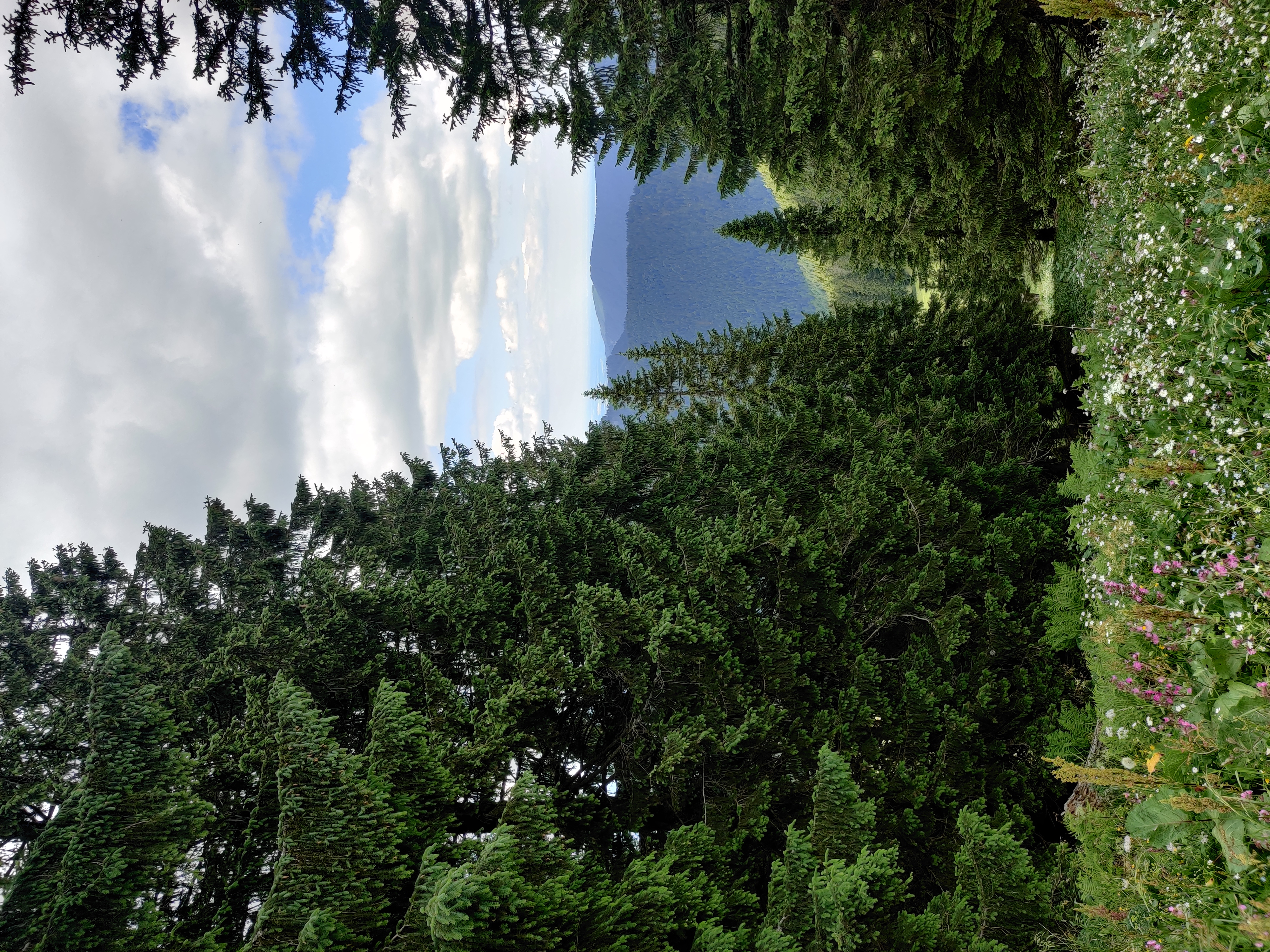
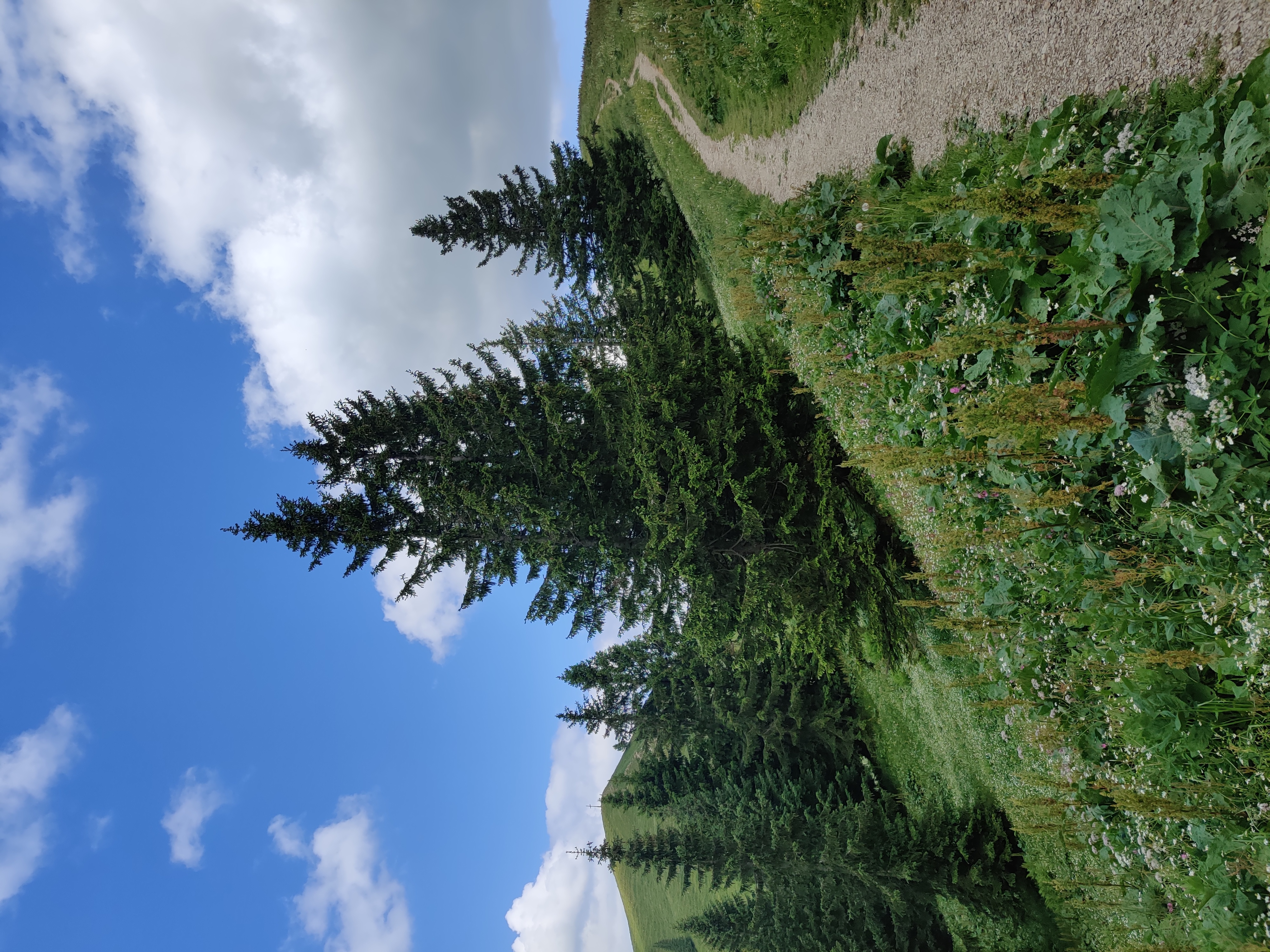
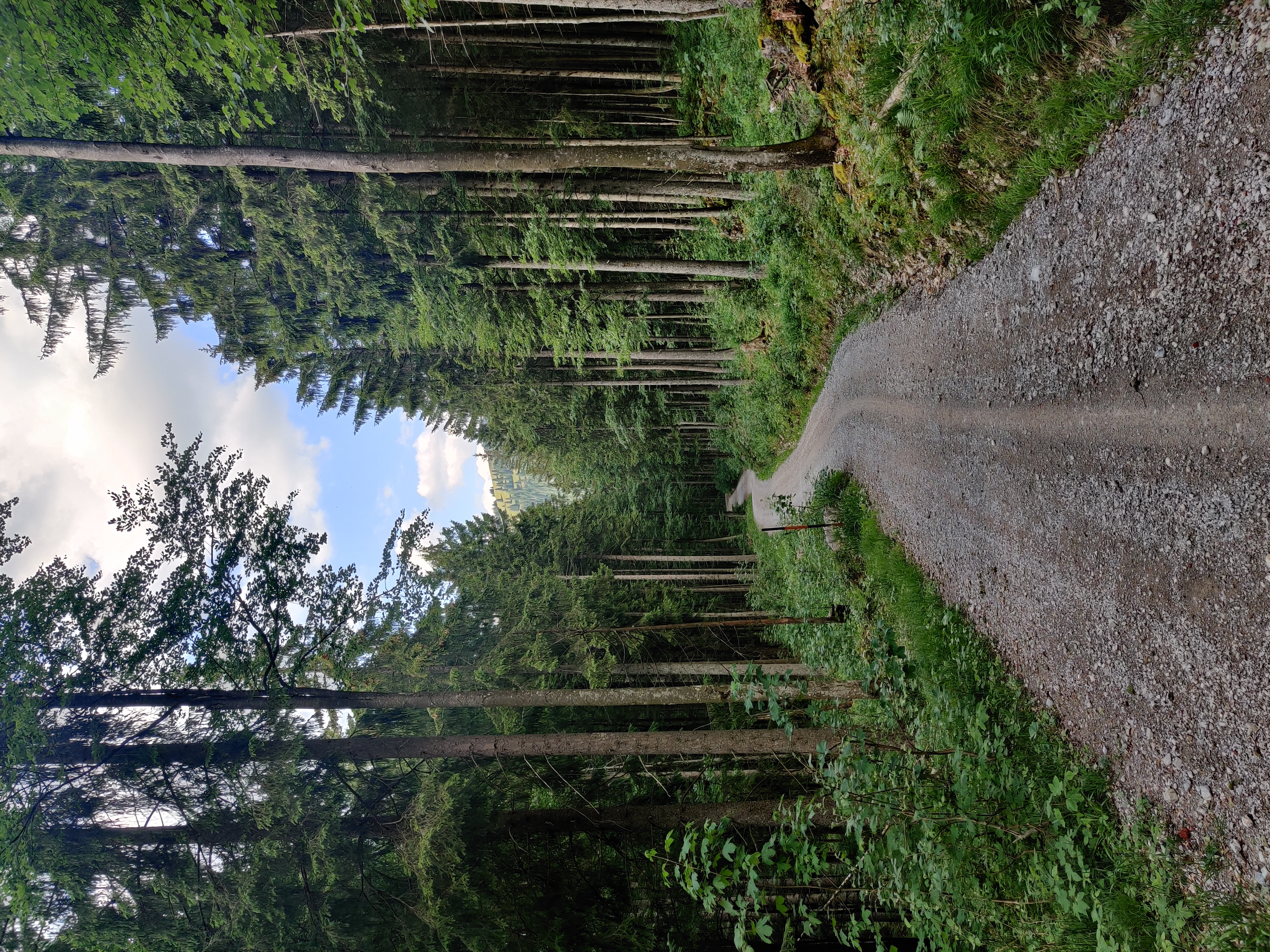
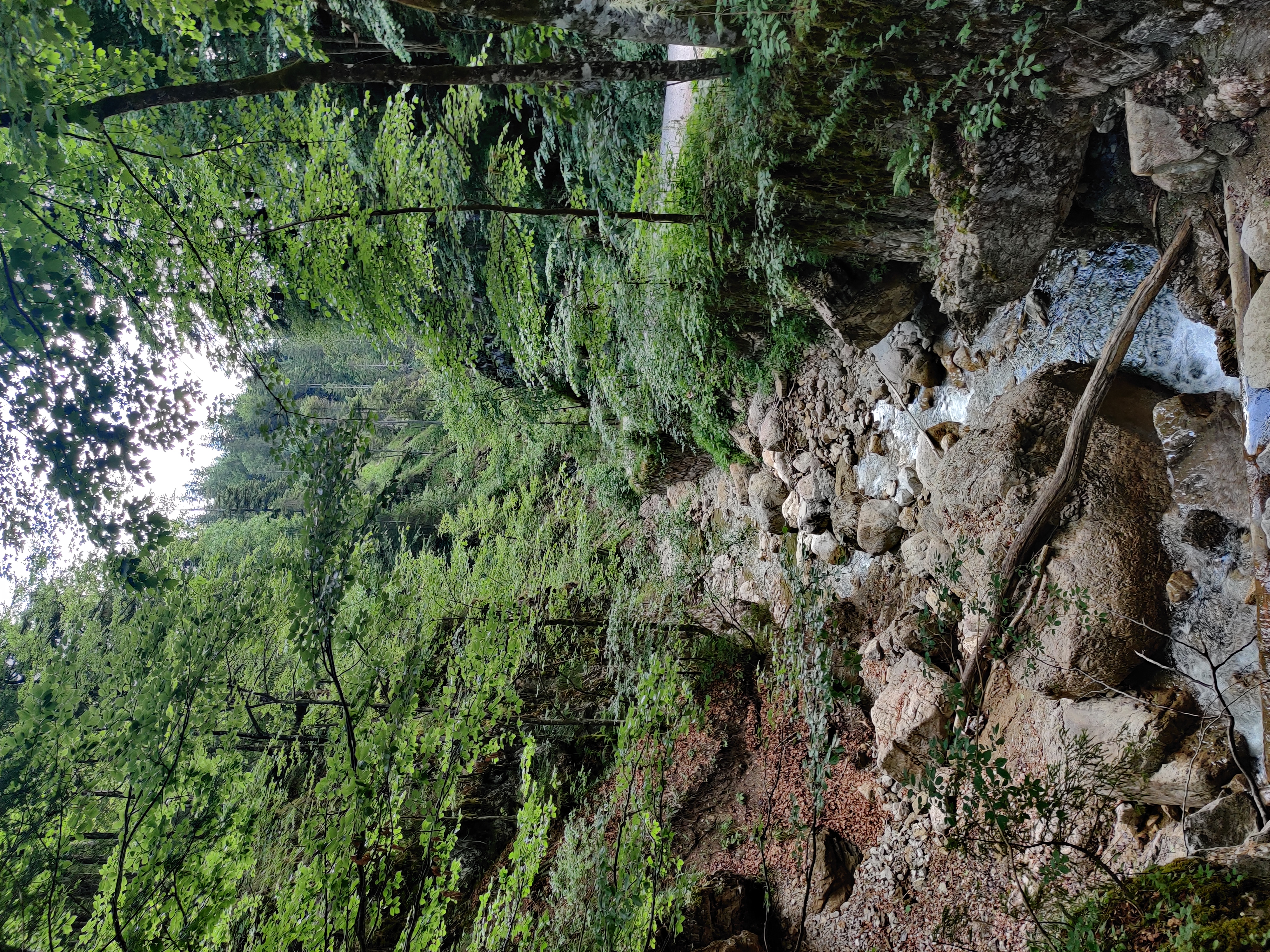

# Around Uckermärkische Seeplatte, Germany
A long-delayed overnighter to start the season and get those now butter-smooth feet ready for something more serious later in the summer. We headed out in a group of three and hiked along a series of lakes through the mostly forested landscape.


The powerful green of brand new leaves showed as impressive as ever, even on the first day when the sun stayed in hiding.


Among the sights we bumped into was a very old oak, with a huge trunk and gnarled branches, standing alone in its own meadow next to a creek.


We camped near a lake, where a huge empty meadow meets the forest. These are quite common in this part of Germany, and always leave me impressed as they tend to be quite sizeable while also being fully surrounded by large trees, offering a vast visual perspective while also allowing you privacy.



For me this was the time to break out a brand new sleeping kit, which would leave me shivering through the night as temperatures dropped.
# Lessons learned
# After winter, feet need conditioning
It's always surprising to me how badly beaten up with blisters my feet look after that first hike of the season. It's good to give them a little bit of a shock and get them ready for the more ambitious hikes to come later in the season.
# If summer hasn't arrived yet, bring more thermal insulation
When the backpack is getting heavy it's easy to opt to leave some layers behind, but this time some very light and space efficient thermal shirt or long johns would have resulted in way better sleep.
# Always do a thorough tick check after a hike
It was no surprise to find a small tick behind my knee upon returning home. It's good to build a tick check into one's routine to avoid issues later on.
# Around Voss in Vestland, Norway
A week of hiking and camping in the wild with an old friend made me fall in love with the incredible nature of this particular bit of Norway. The sheer amount of waterfalls, the seldom walked trails, the vistas that force you to stop to take a picture every ten steps - I had not seen anything like it before.


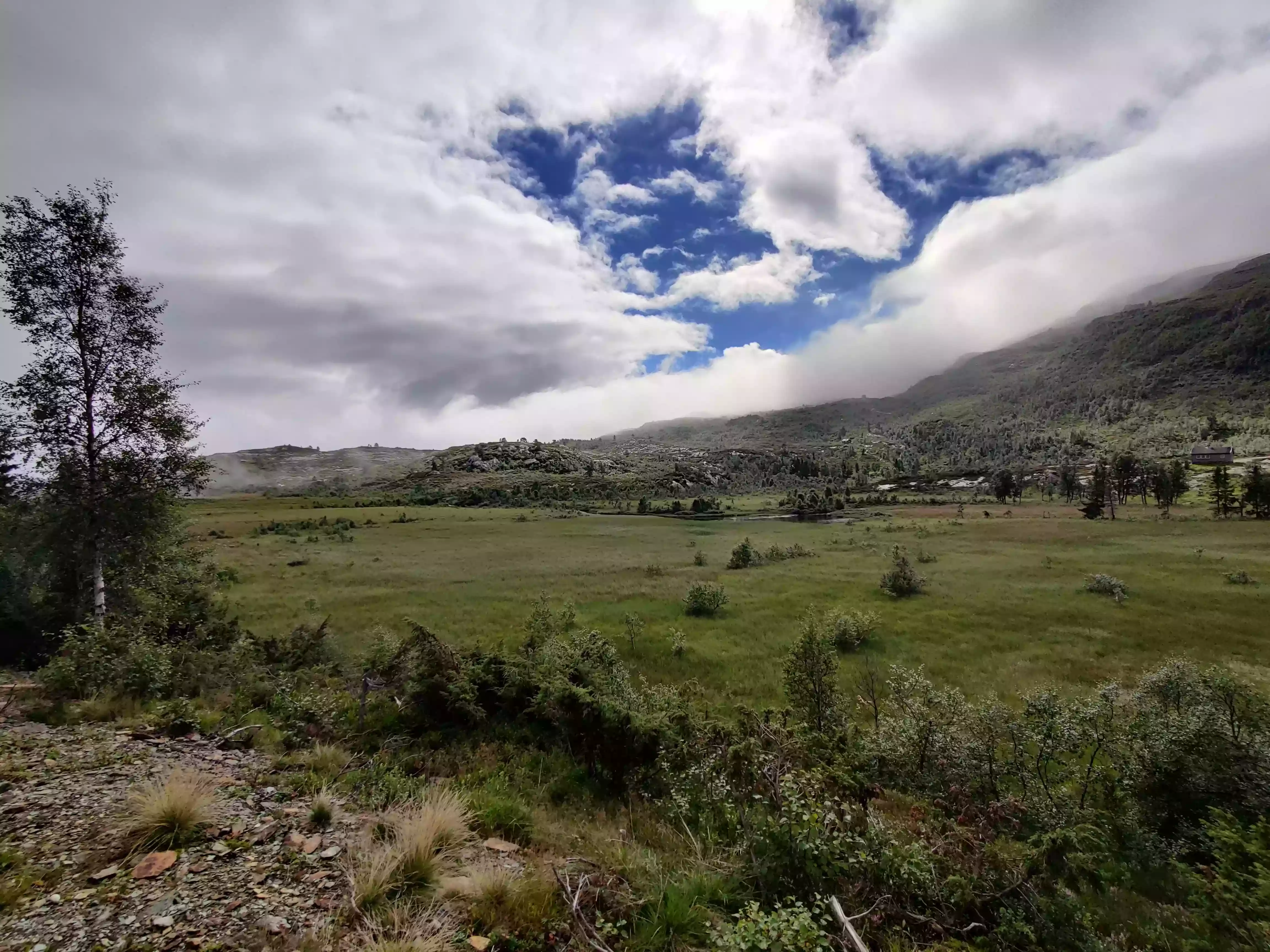
The single thing I appreciated the most was coming into contact with actual wilderness, something that's not so common for us here in Europe. Having a few kilometers of rugged terrain between us and anybody else gave the silence a special quality.
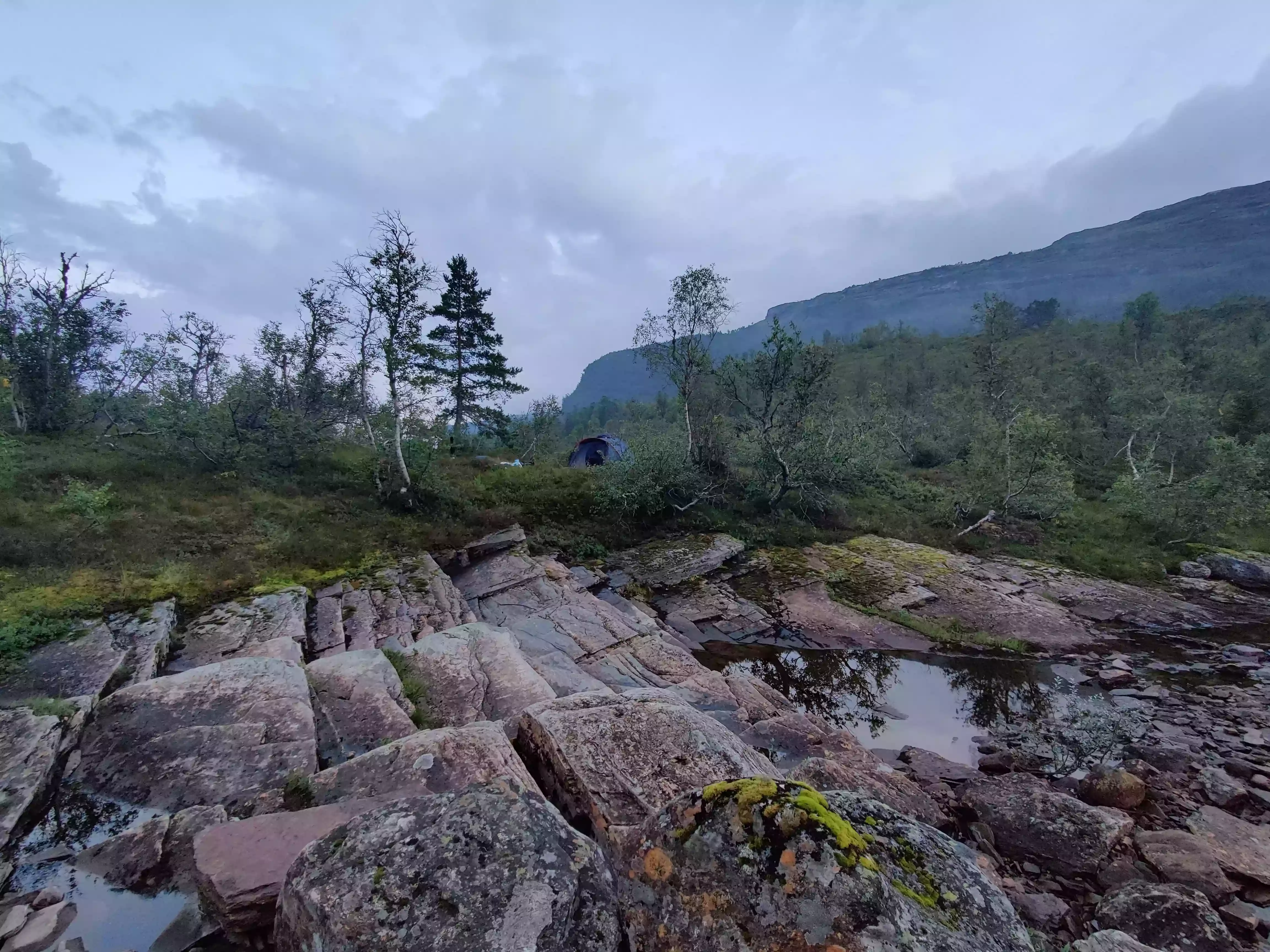
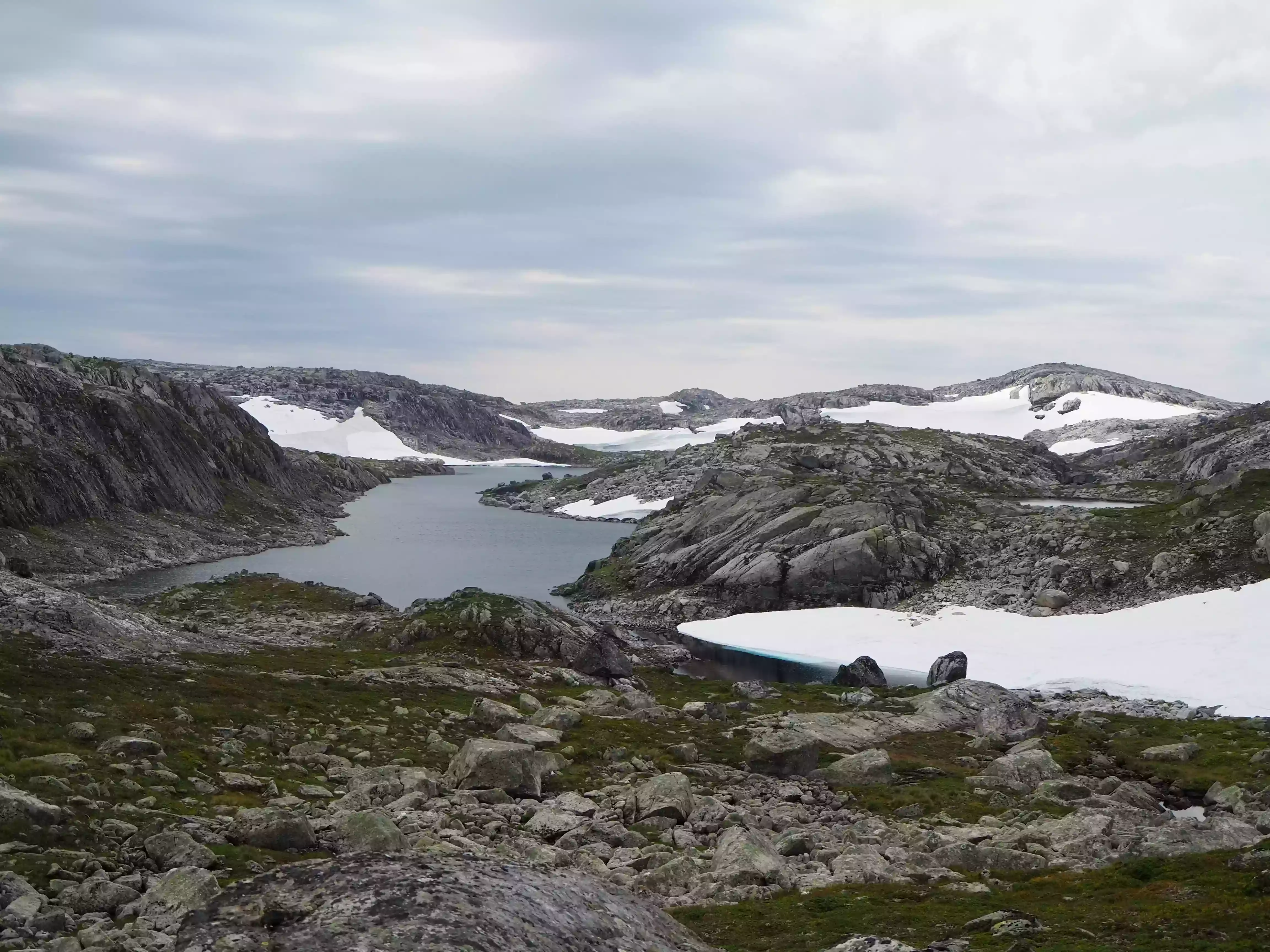

Our hikes took us on and off a few different trails, all with ~22kg of backpack weight each. Our loadout included just over 3000 daily kcal each, technical clothing, camping and cooking equipment, a few knives and torches, a medikit and a few miscellaneous items. We were very interested in seeing how what we had put together would fare, as we had a tight-ish budget and couldn't really overhaul our loadout completely. Some learnings from this experience were definitely enlightening, as we had not hiked in Scandinavia or in a similar environment before.
# Lessons learned
# Bad packpack = bad times
The one piece of my own kit that I disliked the most, and that I won't be fielding again, is the Deuter Denali 60+10L, which to the best of my understanding is the low-cost brother of the Deuter Aircontact.

There are not many good things I can say about the pack, honestly. Here's the three characteristic that bothered me the most:
- The complete lack of pockets worthy of that name - fashionable (maybe) but broken design, as it makes it hard to find items quickly and results in a thinner, taller backpack that is harder to balance
- Second rate materials, as demonstrated by the top pocket fabric tearing before any hiking had taken place
- Subpar weight distribution; I know of other backpacks in similar price ranges that make the same load feel significantly easier to carry
Back when I bought it, it could be had new for EUR ~200, so at least the price tag is not astronomical. Aside from that, I would caution folks against buying this backpack, especially if you have a heavy, varied kit that requires splitting its pieces across a set of pockets for quick and easy access.
# Only great boots allowed in the wild
I was very happy I had some heavy hiking boots with me that protected my feet from the elements and my ankles from sprains. My companion didn't have a similar pair on initially and ended up regretting that quite quickly. I can't stress this enough: once you go off the comfy trails you'll find yourself walking on uneven terrain, jagged rocks and swampy ground. Make sure you can do so without having to worry at each step.
# Check old equipment thoroughly
We set out with my 15 years old Quecha T3. Great beginner tent with pretty much everything we needed. But what I forgot to do was to check that the waterproofing still held, and it didn't. One night the water started coming in through the seams, and only a Rickety Field Repair™ performed when the storm gracefully decided to subside avoided us a long and painful forced march to the nearest shelter.
RIP T3, you didn't let me down.
# Doubling the weight on your back changes everything
Being unfamiliar with the terrain, we overextended ourselves several times. The truth is, hiking with a 20kg bag is a different playing field from doing the same with a 10kg bag. Your legs react differently, you need longer breaks, walk slower and in general need to be more cautious about how you calculate your distance for the day - especially keeping in mind when the sun is going to settle. Give yourself generous buffers time-wise so you can still make it in time to a good campsite.
# Plentiful water is great
Having almost constant access to high quality water meant we could normally avoid carrying loads of full bottles. It also meant that lighting a small campfire or using a wood stove carried a near-zero chance of the fire spilling over due to everything being wet all the time. This is very different from many of the environments most of my hikes had taken place in.
# Don't forget some carbs
Wanting to maximise the caloric density of our food, we opted for lots of fat-rich foods and not so many pick-me-up, carb-rich ones. But from time to time some crackers, a slice of bread or a pot of noodles with a bit of simple condiment can go a long way in raising morale.